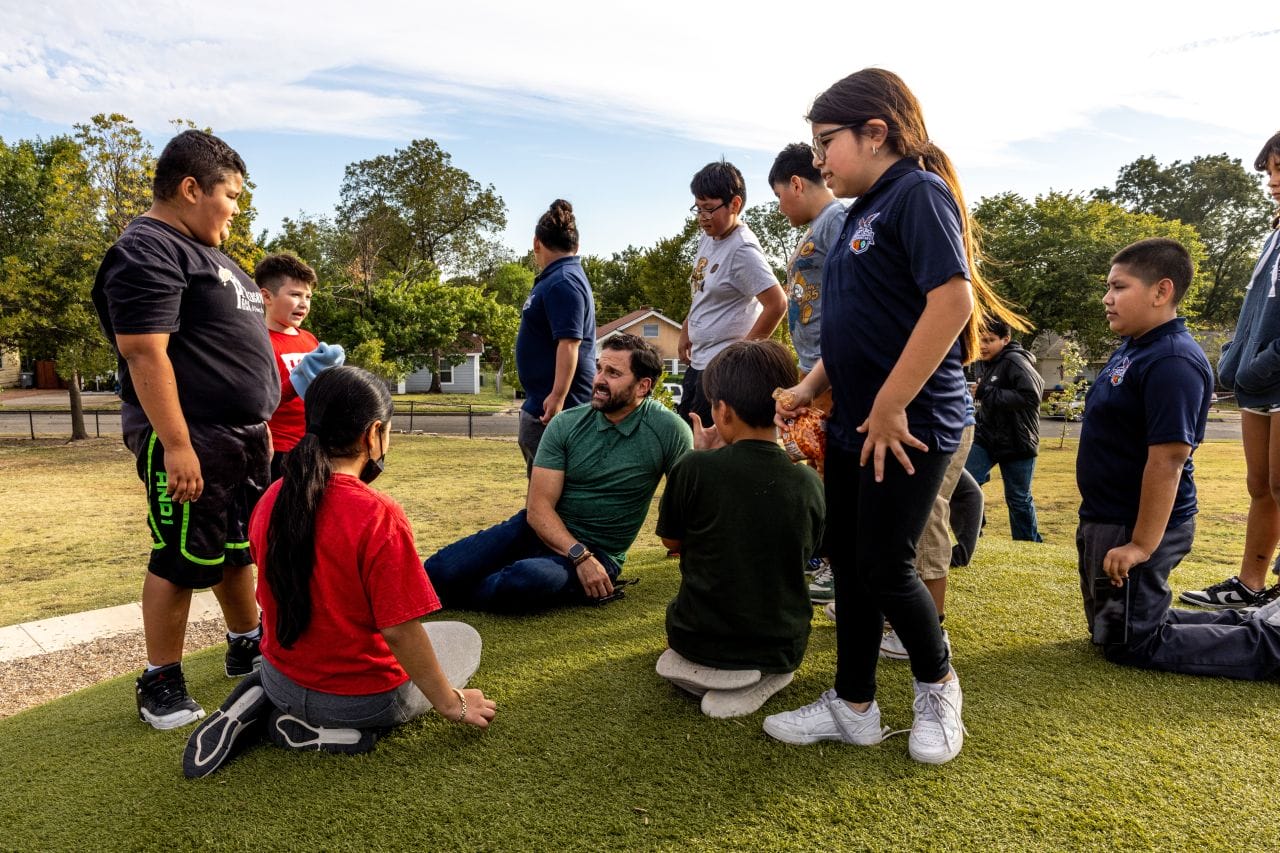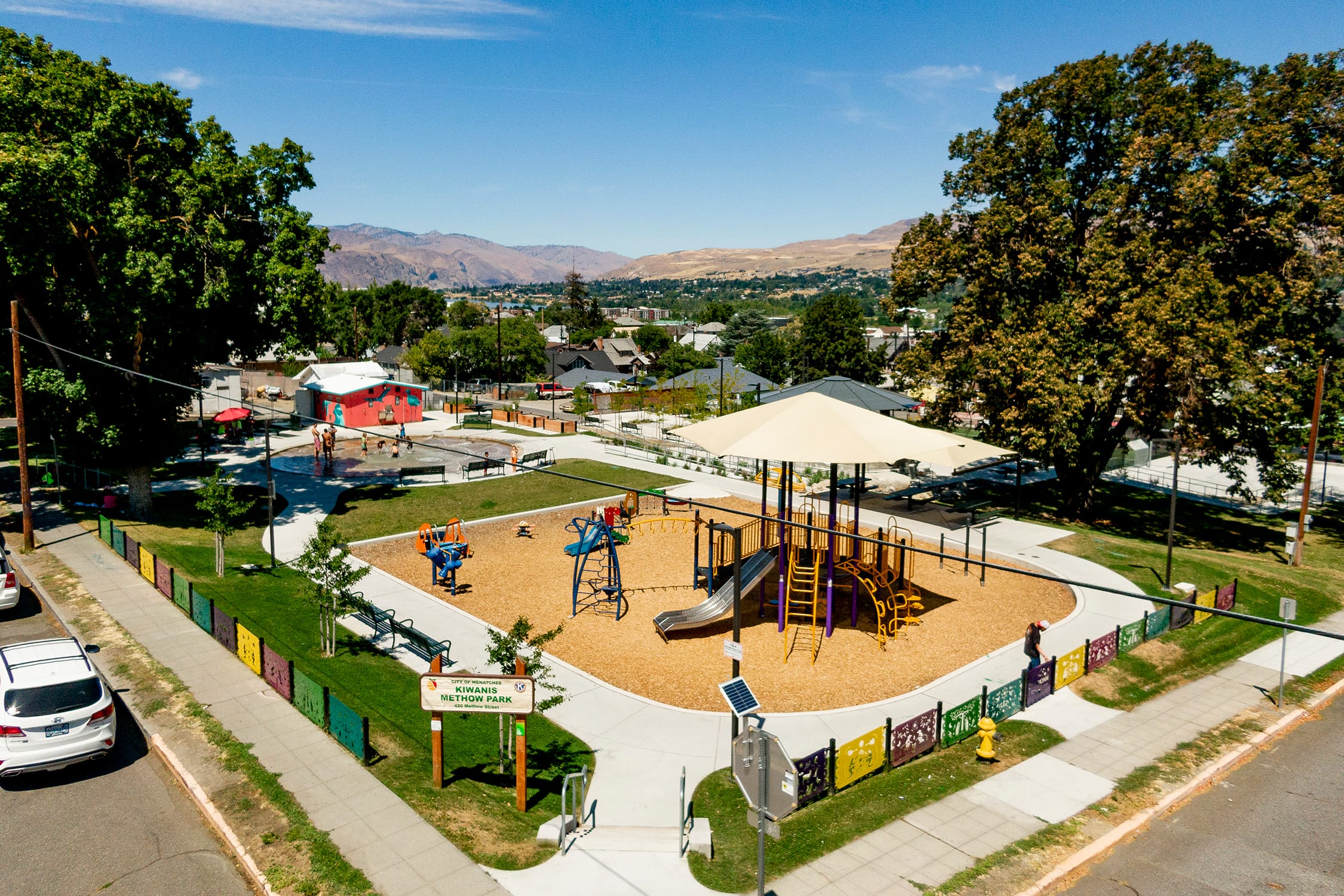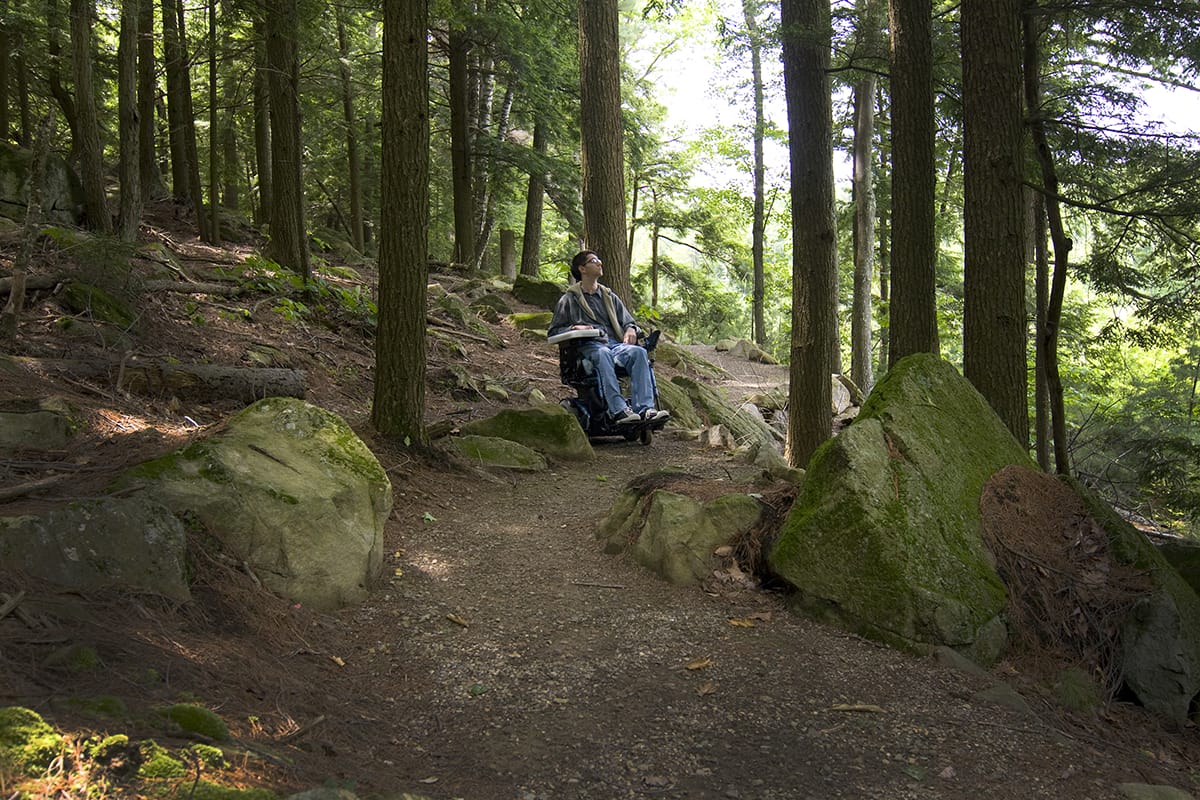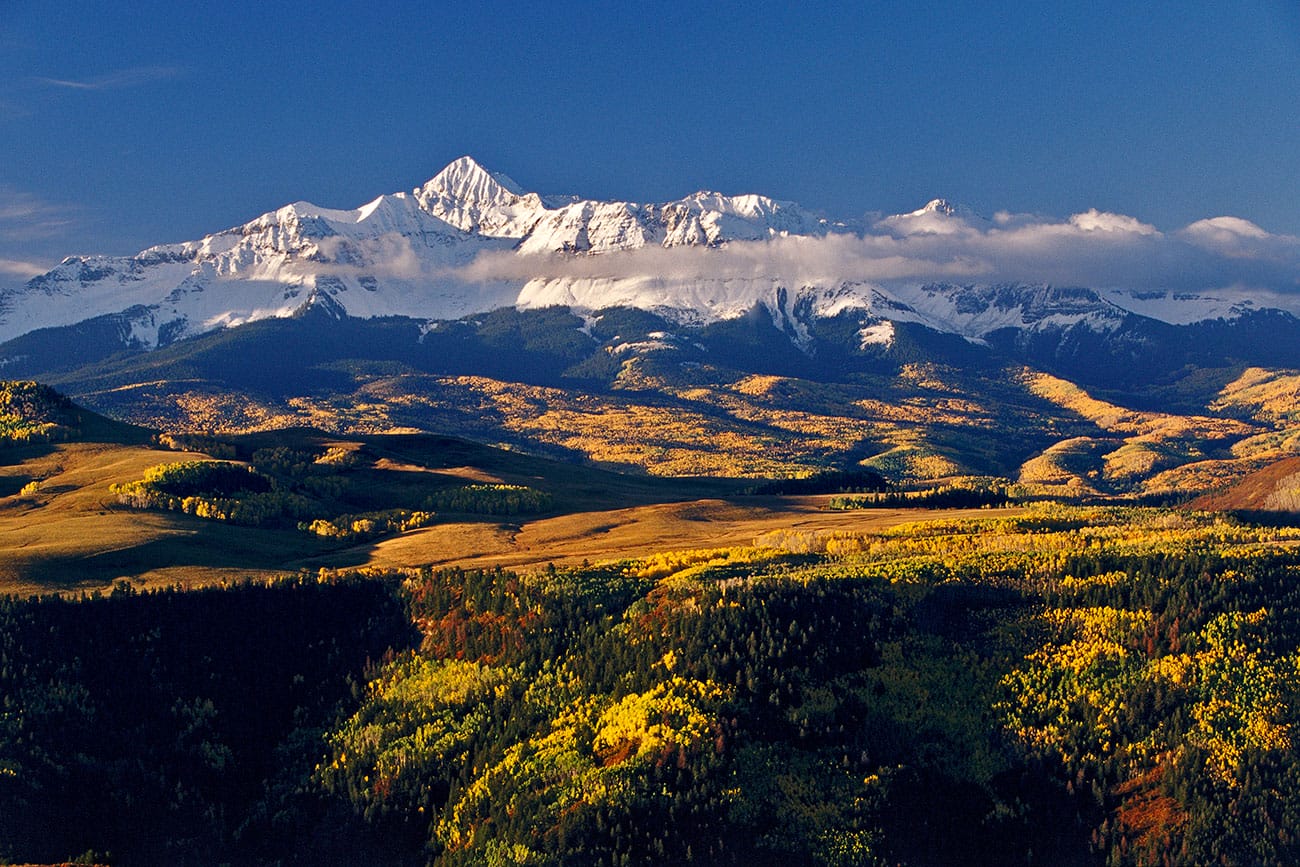
Trading spaces for a famous Fourteener
Trading spaces for a famous Fourteener
Even in land conservation, money can’t buy everything. Sometimes it takes a trade, instead.
A creative land swap last month was the final piece in the public-access puzzle for Wilson Peak, part of Colorado’s spectacular San Juan Range. At 14,023 feet, the mountain is nowhere near the tallest of the state’s “Fourteeners,” but it’s among the most recognizable: the peak is visible from the world-famous ski slopes of Telluride—and, for that matter, on every can of Coors beer.
Summiting a Fourteener like Wilson Peak is a Colorado bucket-list item for locals and tourists alike. But while the high altitude and tricky terrain are a challenge, climbers also face a manmade obstacle: access restrictions. Even when a Fourteener lies within a wilderness area or National Forest, the route to the top may cross private land—a patchwork pattern of open space and mining claims common across the American West.
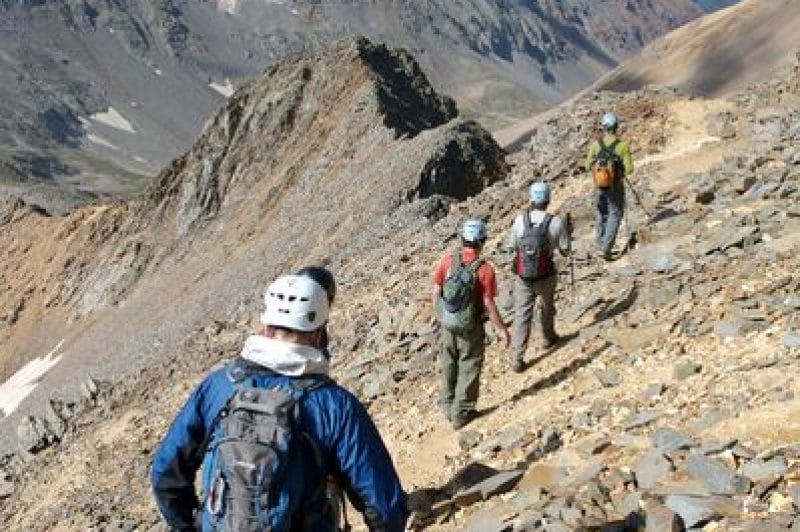 Landowners concerned about privacy or liability can restrict access to trails that cross their property.Photo credit: Matthew Kennedy
Landowners concerned about privacy or liability can restrict access to trails that cross their property.Photo credit: Matthew Kennedy
At Wilson Peak, the most popular summit route traversed a mining claim held by a landowner who in 2004 began charging for use of the trail, then closed it off altogether. Over the next decade, The Trust for Public Land worked to restore access, raising funds to purchase some key properties and establish easements on others. Because the Forest Service couldn’t buy outright, transferring the land into public ownership meant instead arranging an exchange with private landowners: swapping parcels adjacent to existing development for inholdings on Wilson Peak.
To ensure a fair trade, the deal went through public hearings and a meticulous study of potential impacts on everything from road maintenance to vulnerable species like the Canada lynx. Last month, with the review complete, the Forest Service at last made it official: the gateway to Wilson Peak belongs to you.
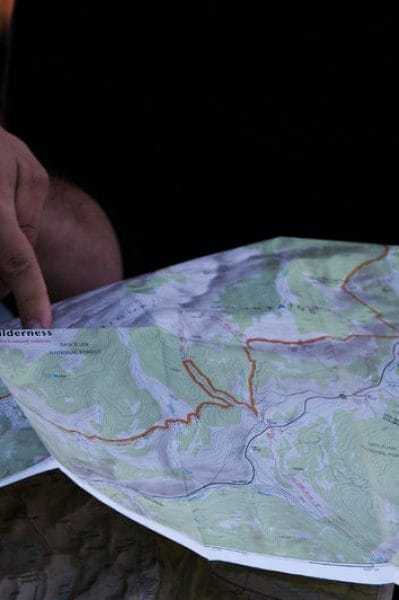 With public access now fully restored, the only thing between you and the summit is the climb itself.Photo credit: Matthew Kennedy
With public access now fully restored, the only thing between you and the summit is the climb itself.Photo credit: Matthew Kennedy
Land swaps can be a handy tool for conservation in communities where property values are high. Apart from protecting access to big-ticket items like Wilson Peak, the right trades can help combat sprawl and create trail connections with a multiplier effect on options for hikers and mountain bikers.
The flip side is that the exchanges can be complex and slow-going: the decade-long march toward full access to Wilson Peak is not so unusual. But as is so often true in the mountains, a combination of expertise, experience, and a willingness to stick it out pays off. Blind climber Erik Weihenmayer, a longtime supporter of The Trust for Public Land’s work in Colorado, took a philosophical perspective on the conservation effort back in 2008.
“You do it the same way you climb Mount Everest,” he said then. “You do it step by step, and you celebrate each triumph.”
This raw, beautiful landscape in Southern California is home to Indigenous heritage sites, and it provides critical habitat for threatened and endangered species. Urge President Biden to safeguard this extraordinary landscape today!


Donate to become a member, and you’ll receive a subscription to Land&People magazine, our biannual publication featuring exclusive, inspiring stories about our work connecting everyone to the outdoors.
See how our supporters are helping us connect people to the outdoors across the country.



